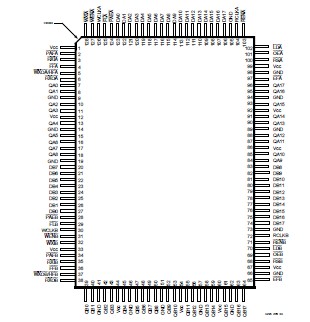IDT72V835: Features: ` The IDT72V805 is equivalent to two IDT72V205 256 x 18 FIFOs` The IDT72V815 is equivalent to two IDT72V215 512 x 18 FIFOs` The IDT72V825 is equivalent to two IDT72V225 1,024 x 18 FIFOs` T...
floor Price/Ceiling Price
- Part Number:
- IDT72V835
- Supply Ability:
- 5000
Price Break
- Qty
- 1~5000
- Unit Price
- Negotiable
- Processing time
- 15 Days
SeekIC Buyer Protection PLUS - newly updated for 2013!
- Escrow Protection.
- Guaranteed refunds.
- Secure payments.
- Learn more >>
Month Sales
268 Transactions
Payment Methods
All payment methods are secure and covered by SeekIC Buyer Protection PLUS.

 IDT72V835 Data Sheet
IDT72V835 Data Sheet






